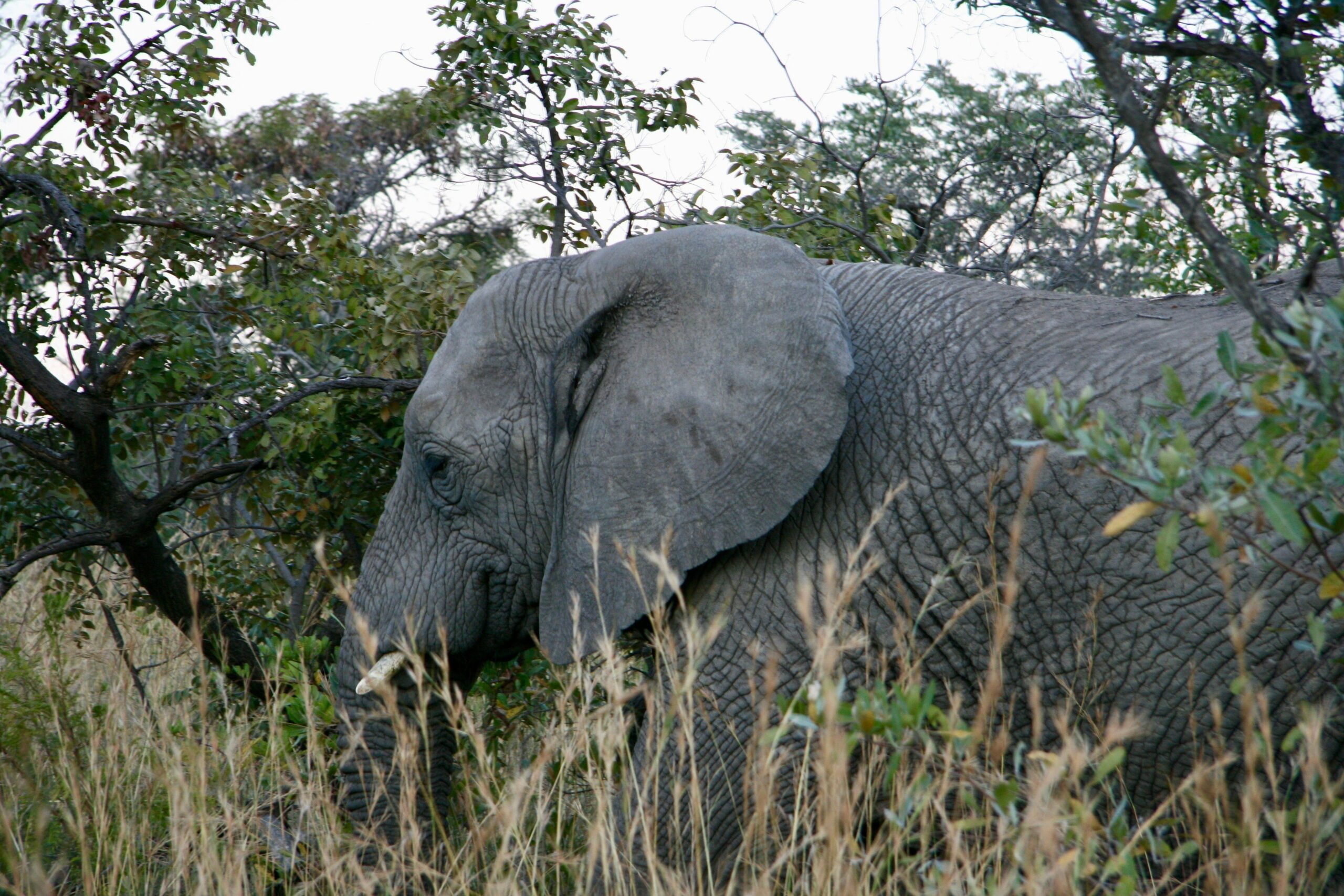Introduction to Green Manure Green manure refers to the practice of growing specific crops primarily to improve soil health. These crops are typically plowed back into the soil, enriching it with nutrients and organic matter. Incorporating green manure in your farming or gardening routine can significantly enhance soil structure and fertility. Choosing the Right Green Manure Crops To optimize green manure for soil health, selecting the right crops is key. Leguminous crops, such as clover or vetch, are particularly beneficial because they fix nitrogen in the soil, acting as a natural fertilizer. Other options include rye, buckwheat, and mustard, each offering unique soil benefits, such as erosion control and improved soil structure. Assessing your soil’s needs and climatic conditions will help you make an informed decision. Best Practices for Incorporating Green Manure To maximize the effectiveness of green manure, consider the timing and method of incorporation. Ideally, green manure crops should be tilled into the soil just before flowering, which ensures that nutrients are still present in the plants. Avoid letting them go to seed, as this can create unwanted weeds. Additionally, maintaining proper moisture levels and practicing crop rotation will further enhance the benefits of green manure for your soil.
- +260-76-459-8985
- mupunduenergy@mdware.co.uk
- Plot No. 2344, Lelayi LSK, ZM













